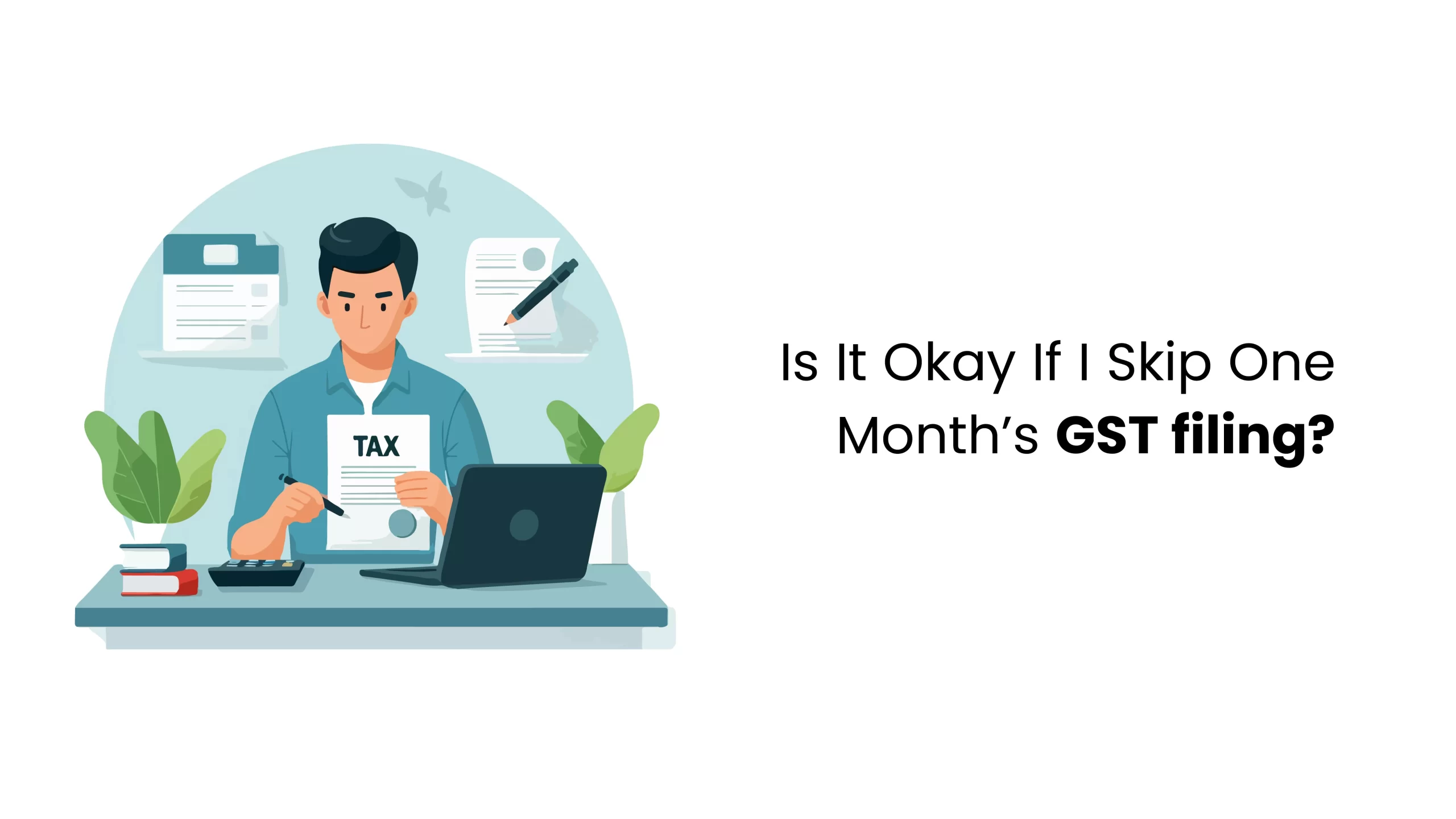The accounting equation is a fundamental balance sheet component and is considered the foundation of accounting. It allows a company to verify that its liabilities and owners’ equity balances its assets. This equation is the basis of the double-entry accounting system.
A double-entry accounting system ensures that every transaction affects both sides of the equation equally. Any change in an asset account must correspond to an equal change in a related liability or owner’s equity account. Let’s read more about how to use the accounting equation when recording transactions.
Parts of the Balance Sheet Equation
When you understand the balance sheet, you should apply the accounting equation. They are special accounting and managerial reports that display the total resources your company possesses in the form of assets, the revenue received, expenditures or losses, and total capital. It is divided into three parts: accounts receivable, accounts payable, inventory, fixed assets, long-term investments, bonds payable or mortgage payable, common stock, and retained earnings.
Assets
It is what your business possesses; this might be your business account, company cars, office stationery, or property. The leased items should not be reported under assets.
Liabilities
These are the obligations you owe others, like credit cards of the company, rent, and taxes to be paid. Conversely, do not include paid taxes as liabilities.
Equity
Equity refers to a person’s stake in the business since the person technically becomes an owner of the company. This structure of business establishment is referred to as sole trader, and you own the stocks of the business venture. For instance, if you plan to start a business with a partner or several partners, you would share the Equity with all other partners. Include the stakes of each individual who is an investor in your company equity.
To calculate your business equity, then follow the formula:
Equity = total Assets – total Liabilities.

How to Calculate the Accounting Equation
To calculate the accounting equation using a balance sheet, follow these steps:
- Identify the balance sheet total from the array of assets at a stated time frame.
- Find all the sources of the company’s funds and add them to the company’s total liabilities.
- Add total liabilities in a balance sheet to the value of stockholders’ Equity.
- However, the total liabilities plus the shareholders’ Equity should equal the total assets of the organization or company.
The Formula for the Accounting Equation is given below;
Assets = Liabilities + Shareholders’ Equity
Example of the Accounting Equation
For the financial year, retailer ABC reported the following on its balance sheet:
- Total assets: ₹190 crore
- Total liabilities: ₹130 crore
- Total shareholders’ Equity: ₹60 crore
By using the accounting equation (Liabilities + Equity), we can get (₹130 crore + ₹60 crore) = ₹190 crore, which matches the company’s reported assets.
If some ABC wants to buy a ₹500 manufacturing machine using cash, the transaction would decrease ₹500 in cash and an increase of ₹500 in equipment. The accounting equation would still balance:
Assets: Cash (-₹500) + Equipment (+₹500) = No change in total assets.
To learn more about practical accounting, check out Finprov Learning. We have multiple choices in accounting courses after graduation, such as CBAT, PGBAT, Income Tax, Practical Accounting Training, PGDIFA, DIA GST, SAP FICO, Tally Prime, MS Excel, etc. Suitable for Graduates and Professionals, our curated courses offer a complete learning experience.
Similarly, our short term accounting courses online provides practical training to all students. We provide hands-on training that enables you to develop real-world skills. Completing our accounting professional courses can hit the ground running after graduation. Contact us today to learn more about our Accounting Courses and increase your knowledge for a better future.










